The Difference Between Filament Geotextile and Short Filament Geotextile
Geotextile is a new type of geotextile, which has been widely used in various projects. Geotextiles are mainly divided into filament geotextiles, short filament geotextiles, woven geotextiles, waterproof geotextiles, woven geotextiles, singeing geotextiles, etc. Today we mainly talk about filament geotextiles and short filament geotextiles , which is also a conventional geotextile.
The difference between filament geotextile and short filament geotextile is mainly in the following aspects
1. Different appearance
The first thing to see is that the appearance of filament geotextiles and short filament geotextiles are different. Filament geotextiles have longer fibers and whiter colors, while short filament geotextiles have shorter fibers and darker colors than filament geotextiles. .
2. Different production processes
There is only one national standard filament geotextile, while the short filament geotextile is divided into large, medium and small, black, green, and national standard.
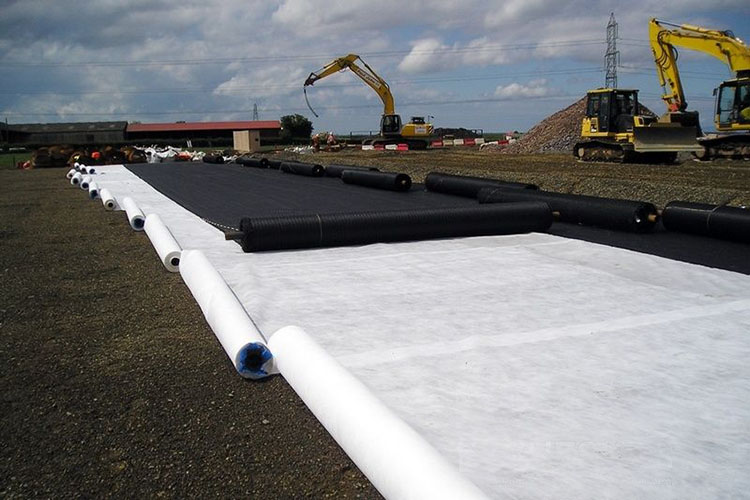
3. Different raw materials
Filament geotextiles are filament spunbond needle punched nonwovens made of polyester fibers. Short-filament geotextiles are made of polyester or polypropylene staple fibers that are needle-punched and consolidated.
4. The friction coefficient of filament geotextile is obviously larger than that of short filament geotextile.
5. The production equipment of filament geotextile has a large investment and high technical content; the equipment of short filament geotextile is relatively simple.
6. Compared with various technical indicators, filament geotextiles are higher than short filament geotextiles.
7. In terms of price, short-filament geotextiles are cheaper than long-filament geotextiles.
In practical application, whether to choose short-filament geotextile or long-filament geotextile should be selected according to the actual project needs.

The use of geomembranes can enable mining companies to benefit from many harsh climates and complex harsh environments, while greatly reducing the degree of damage to the surrounding environment. For example, mining requires working in complex environments, using high-quality geomembranes. With the development of society and the improvement of people's living standards, people pay more and more attention to the importance of environmental protection. Many large mining companies are now considering the importance of environmental protection and soil protection while considering economic benefits.
The degradation process of geomembrane is good, which is mainly affected by its own properties, temperature, contact medium and liner structure. In order to generate temperature stress on the geomembrane in the anti-seepage system of the landfill, the anti-seepage system composed of short fiber nonwoven fabric and geomembrane was simulated. The test results show that the temperature stress of the geomembrane changes with the change of the ambient temperature. When the ambient temperature drops, it will cause the geomembrane to shrink, resulting in thermal stress. At the same time, the temperature stress was analyzed by using the relationship between temperature and elastic modulus of geomembrane. The calculated results are close to the measured results.
With the continuous improvement of environmental protection requirements and the start of economical industrial production, geomembranes have been widely used. Now, geomembranes have been used in industrial production. Therefore, the application of geomembrane in agriculture, industry, people's livelihood and urban construction is obvious. It can not only be used for environmental protection, but also can be effectively applied to material protection.
It is very important that HDPE geomembrane is not easily corroded during use. When many materials need to be used outdoors, this material has stable chemical properties, because many materials are put into use after outdoor use. , all need to be exposed to ultraviolet rays for a long time. Not only that, wind, sun and rain are very corrosive to materials. Sometimes our world will experience acid rain. Because of the development of industrial society, our ecological environment had a serious impact. The following briefly talks about the stable chemical properties of the HDPE geomembrane.
Many people don't know why the material of HDPE geomembrane is different and why it can have stable chemical properties? In fact, this is because the structure of the material itself is different. It belongs to a kind of polymer material. Therefore, it has good ductility, and it also has good antifreeze properties. This material is not easily corroded by acidic substances and alkaline substances during use. It is precisely because of its good chemical stability, so More and more business leaders are now sourcing this material, and building construction teams are also using it.
When many materials are put into outdoor use, if they are corroded by acid rain, then this material will be on the verge of being scrapped, but the material of anti-seepage geomembrane is different. This material has stable chemical properties and is used in It is not easy to be eroded by rainwater in the process of processing, this material is not easy to be corroded, and it also has good anti-freezing properties, it is precisely because compared with ordinary materials, this material has better performance, it Its chemical properties are more stable, so many companies now purchase this material and put it for outdoor use.
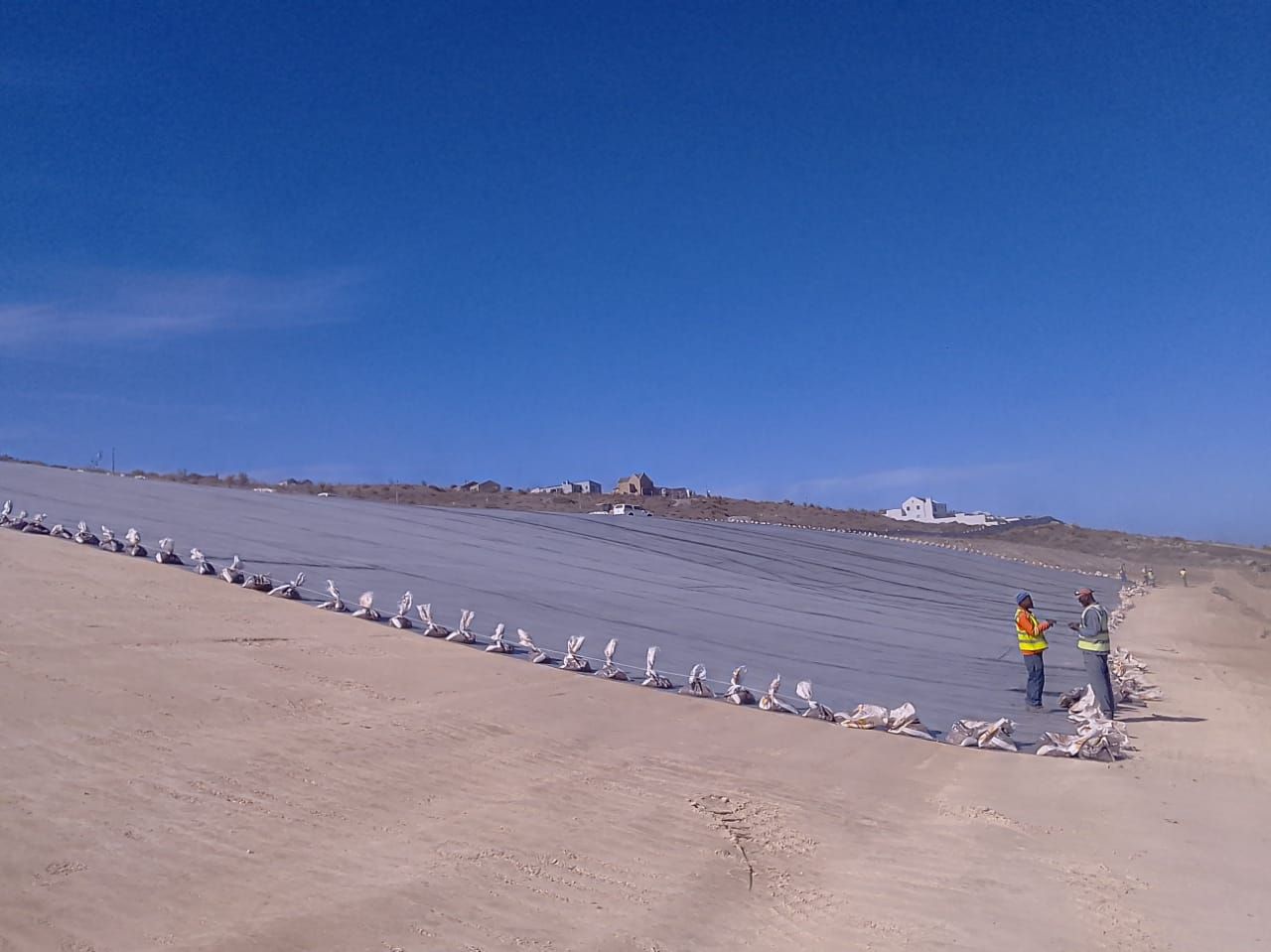
Geomembrane is a new type of engineering material. It has the advantages of light weight, high strength, high elongation, good anti-seepage performance, strong adaptability to deformation, simple construction, easy quality assurance, and low cost. Therefore, it is widely used in water conservancy. Engineering.
In order to seek to utilize the limited water resources and reduce the leakage loss of water delivery and water storage projects, it is a good strategy to use geomembrane to solve the problem of anti-seepage. The traditional method of anti-seepage in hydraulic engineering construction is to use plastic asphalt to deal with seepage. In the 1990s, with the development of geosynthetic material technology, geomembranes have been gradually researched and developed and widely used in various anti-seepage projects. At present, geomembrane anti-seepage has been widely used in projects such as channels, reservoirs, river courses, storage, flood control and flood crossing, and has received good economic and technical effects.
The selection of geomembrane mainly considers its tensile strength, elongation and waterproof performance. In addition, there are burst strength and puncture resistance, tear resistance, as well as the friction properties of the geomembrane and soil and the permeability of the contact interface. Geomembrane is a kind of flexible material, if there is no external disturbance, it is not exposed to the atmosphere, especially if it is used under the protection of rocks, the service life will be longer.
Because petroleum and other chemical oils are liquids, they always experience leaks during processing and transportation. If a leak occurs during these processes, it will cause soil and water pollution and severely affect seawater. To prevent these problems from happening, we want to eliminate them at the root. We can use impermeable geomembrane to prevent leakage.
There are many impermeable materials and methods of impermeability available. Why do we use geomembranes to prevent seepage? It has the following advantages:
First of all, the anti-seepage geomembrane is made of high-density polyethylene resin, which has a very low permeability. Compared with other materials, her anti-seepage effect is very good. After a long time of change, there will be some uneven precipitation on the surface of the roadbed, so there is a high requirement for the tension of the anti-seepage material. On the basis of the original tensile strength, the geomembrane produced by us has added the American Cabo special master membrane, which greatly improves the tensile strength of the geomembrane, and also has strong adaptability to temperature changes.
Second, geomembranes are highly resistant to corrosion, acid and alkali, and are resistant to transported oils, tars, and untreated chemicals containing acids and bases. Therefore, it can not only be used for seepage prevention in oil fields, but also for chemical rulers and medical chemical liquid seepage prevention.
Geomembrane has a long service life, generally more than 70 years, which reduces the time for maintenance and leakage in the later stage of the project.
The use of HDPE geomembranes in oil fields can also save capital investment. The construction is convenient, the weight is light, the transportation is convenient, and the cost is greatly saved.
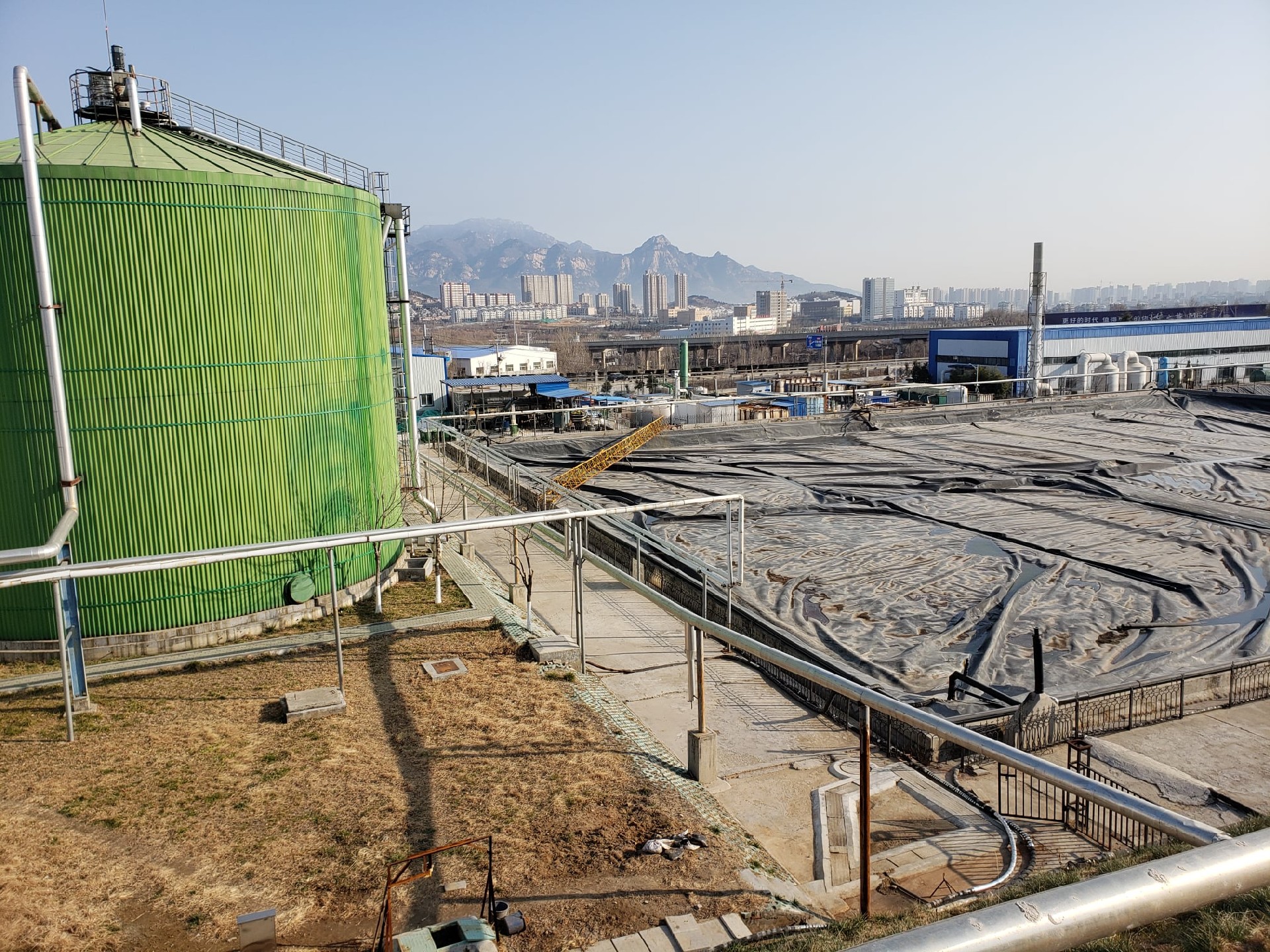
Now waterproof geotextile is widely used by people, its use has brought a lot of convenience to people, so what are its characteristics?
1. Corrosion resistance and burial resistance. The soil and cement on the construction site are corrosive, but the waterproof geotextile can resist their corrosion.
2. High strength, which has a lot to do with its raw material properties, has sufficient strength and stretching ability in both dry and wet conditions.
3. It can resist the damage of microorganisms or insects. The material is light and easy to handle and construct.
With the continuous progress of social production technology, the types of waterproof geotextiles are also changing. So when using this product, what are the excellent characteristics it shows? Let's take a look.
We all know that a good piece of material is an important foundation for excellent product characteristics. The excellent performance of waterproof geotextile is inseparable from the selection of excellent materials. In fact, this product is made of polymer material with anti-aging agent added in the production process. This product also has good water filtration, not only can be used for waterproofing, but also has good drainage effect, effective retention The loss of sand will discharge excess liquid and gas in the soil structure and enhance the stability of the building structure to improve the soil quality.
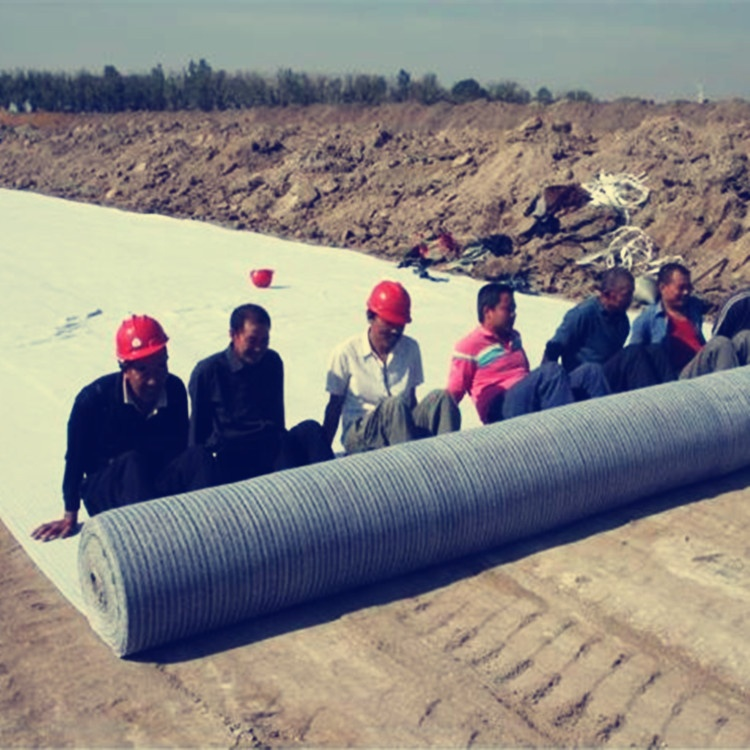
With the continuous development of geosynthetics, various products such as bentonite waterproof blankets have been further developed and applied. We know that each product has many excellent characteristics, just like bentonite waterproof blanket has the following anti-seepage and waterproof functions, so what is the principle of its function?
The filling mineralogical name of bentonite waterproof blanket is montmorillonite, and its chemical composition is mainly divided into sodium-based bentonite and calcium-based bentonite. Bentonite has the characteristics of water swelling. When calcium-based bentonite swells, its swelling amount is only 3-4 times its own volume, and when sodium-based bentonite expands to more than 14-16 times its original weight, its water absorption is 5 times its own weight. Bentonite locks in between two layers of geosynthetics for protection. For reinforcement, the bentonite waterproof blanket has a certain overall shear strength.
In addition, we also know that the waterproof mechanism of bentonite waterproof blanket is that the bentonite particles swell in water to form a uniform colloidal system. Under the action of two layers of geotextiles, bentonite changed from disordered expansion to ordered expansion. The result of continuous water expansion is to make the bentonite layer itself dense and hard, thus having a waterproof effect.
Bentonite waterproof geosynthetic clay liner is a new type of geosynthetic material. It is made of graded natural sodium bentonite particles and corresponding additives mixed as raw materials. A blanket-like waterproof membrane made by fixing bentonite particles between geotextiles and plastic woven fabrics by acupuncture process. Bentonite waterproof blanket not only has all the characteristics of geotextile, but also has excellent waterproof (permeability) performance. The waterproof mechanism is: the sodium-based particle bentonite selected for the bentonite waterproof blanket can swell more than 24 times when it encounters water, so that it forms a uniform colloidal system with high viscosity and low filtration loss. From disordered to ordered expansion, continuous water absorption and expansion results in the compaction of the bentonite layer itself, which has a waterproof effect.
The bentonite waterproof geosynthetic clay liner has different materials and different prices. The national standard waterproof blanket is made of sodium bentonite, national standard geotextile, and new woven cloth. Ordinary waterproof blankets are generally made of non-standard soil, Sinochem geotextiles, and recycled woven fabrics. Therefore, ordinary waterproof blankets are cheaper than national standard waterproof blankets, and relatively speaking, their performance will be weaker.
The term anti-seepage often appears in water conservancy projects, because various water storage and water delivery buildings are designed to prevent a large amount of water leakage, with the development of industry, the storage of large amounts of industrial waste and mining waste (tailings), and The storage of sewage must prevent leakage. The term anti-seepage often appears in water conservancy projects, because various water storage and water delivery buildings are designed to prevent a large amount of water leakage. With the development of industry, a large amount of industrial waste and mining waste are discarded. The storage of waste (tailings) and the storage of sewage must be prevented from seepage, and the anti-seepage requirements of the latter are often higher than those of the former, especially when they contain toxic components, the requirements are more stringent. Of course, for the storage of various industrial liquids such as oil, chemical solutions, etc., seepage should also be prevented. Domestic and industrial waste often emits odorous and toxic gases to prevent the diffusion of various gases, which is also an anti-seepage problem.
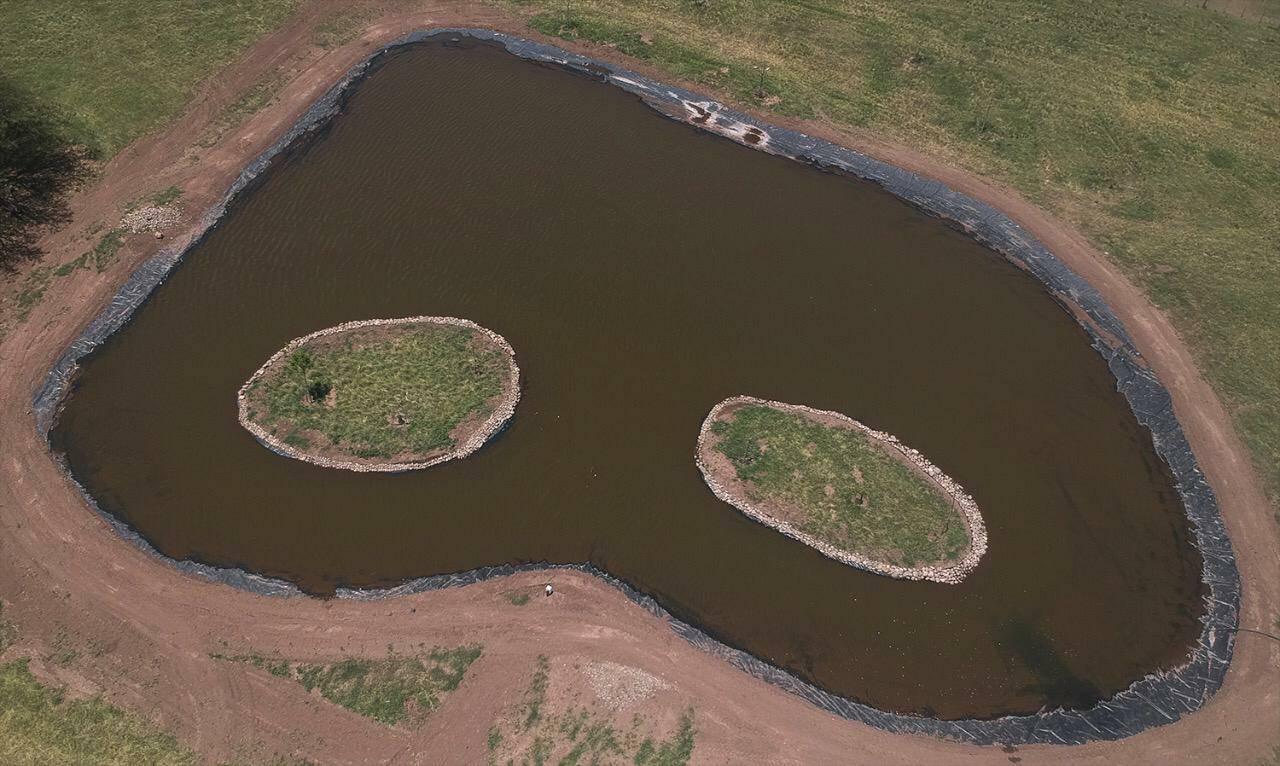
Therefore, the anti-seepage in this article refers to preventing the leakage of various liquids and the diffusion of gases. All kinds of metal sheets have good anti-seepage performance, but due to their high cost, they can only be used when precious materials and small capacity are used. In the past, the most widely used anti-seepage material was cohesive soil. Reasonably designed dry soil anti-seepage body has good anti-seepage performance, but it also has shortcomings such as large project, difficult to guarantee project quality, easy cracks and boundary connections, and easy leakage. Therefore, the engineering community has been seeking a lightweight, It is an anti-seepage material with easy construction, low cost and reliable performance. The latter's anti-seepage requirements are often higher than the former, especially when it contains toxic ingredients, its requirements are more stringent. Of course, for the storage of various industrial liquids such as oil, chemical solutions, etc., seepage should also be prevented. Domestic and industrial waste often emits odorous and toxic gases to prevent the diffusion of various gases, which is also an anti-seepage problem. Therefore, the anti-seepage in this article refers to preventing the leakage of various liquids and the diffusion of gases. All kinds of metal sheets have good anti-seepage performance, but due to their high cost, they can only be used when precious materials and small capacity are used. In the past, the most widely used anti-seepage material was cohesive soil. Reasonably designed dry soil anti-seepage body has good anti-seepage performance, but it also has shortcomings such as large project, difficult to guarantee project quality, easy cracks and boundary connections, and easy leakage. Therefore, the engineering community has been seeking a lightweight, It is an anti-seepage material with easy construction, low cost and reliable performance.




